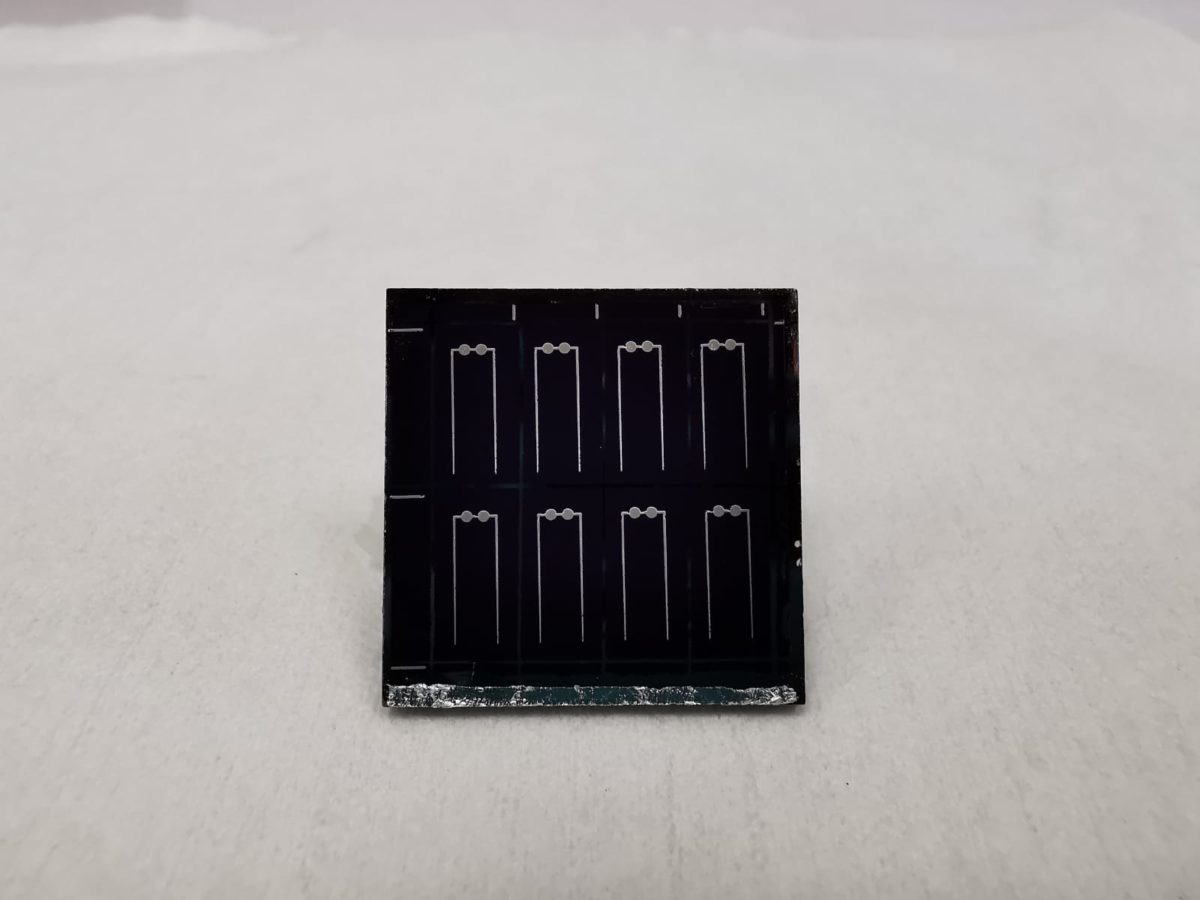Pure sulfide chalcopyrite, Cu(In,Ga)S2, is a promising semiconductor material with a bandgap between 1.5 and 2.4 eV, which has already been used to build single-junction and tandem solar cells. Thus far, however, this material has found limited applications in the development of thin-film PV devices, due to the difficulty of reducing voltage losses that occur in the bulk and at their interfaces.
A group of researchers from the University of Luxembourg and Uppsala University in Sweden has sought to address this challenge by reducing the amount of copper in the material. “There are many unanswered questions about pure-sulfide CIGS, as compared to its close cousin pure selenide CIGS,” Sudhanshu Shukla, who led the research, told pv magazine. “The former has received rather less attention due to the lack in performance and we believe that our work will spur interest in the field and bring attention to the fundamental photophysics of the material and efficiency enhancement.”
The researchers used a type of Cu(In,Ga)S2 with a bandgap of 1.6 electron volts for the cell absorber layer. According to them, this material with a lower copper content shows a significantly lower deficit for quasi‐Fermi level splitting (QFLS), which is a standard theoretical tool to describe the operations of a semiconductor device; and represents the maximum open‐circuit voltage a solar cell can achieve.
They fabricated a cell with a buffer layer made of cadmium sulfide (CdS) and a second device with a buffer layer based on zinc sulfide oxide. The latter exhibited a high open-circuit voltage of 920 mV and the highest efficiency of 15.2%. The former showed an efficiency of just 12.8%.
“The higher open-circuit voltage is due to the higher QFLS, i.e., better optoelectronic quality of the absorber, and due to less open-circuit voltage loss,” the academics explained, adding that the increased quality of the interface also played a role in this process, as it created a more suitable conduction band alignment with the Zn(O,S) buffer layer. “In addition, the larger bandgap of Zn(O,S) buffer layer enables absorption of higher energy photons resulting in a higher short-circuit current density, consistent with the photocurrent gain.”
Popular content
The scientists add that existing processes used to manufacture CIG selenide thin films could easily be adapted for similar sulfide materials. “The process developed to produce commercial CIGSe thin-film solar cells can be translated to produce CIGS without requiring additional infrastructure,” Shukla explained. “Companies like Avancis and Flisom are already making commercial large area CIGS modules and scalability is certainly possible.”
The solar cell is described in the paper Over 15% efficient wide-band-gap Cu(In,Ga)S2 solar cell: Suppressing bulk and interface recombination through composition engineering, published in Joule.
This content is protected by copyright and may not be reused. If you want to cooperate with us and would like to reuse some of our content, please contact: editors@pv-magazine.com.



1 comment
By submitting this form you agree to pv magazine using your data for the purposes of publishing your comment.
Your personal data will only be disclosed or otherwise transmitted to third parties for the purposes of spam filtering or if this is necessary for technical maintenance of the website. Any other transfer to third parties will not take place unless this is justified on the basis of applicable data protection regulations or if pv magazine is legally obliged to do so.
You may revoke this consent at any time with effect for the future, in which case your personal data will be deleted immediately. Otherwise, your data will be deleted if pv magazine has processed your request or the purpose of data storage is fulfilled.
Further information on data privacy can be found in our Data Protection Policy.